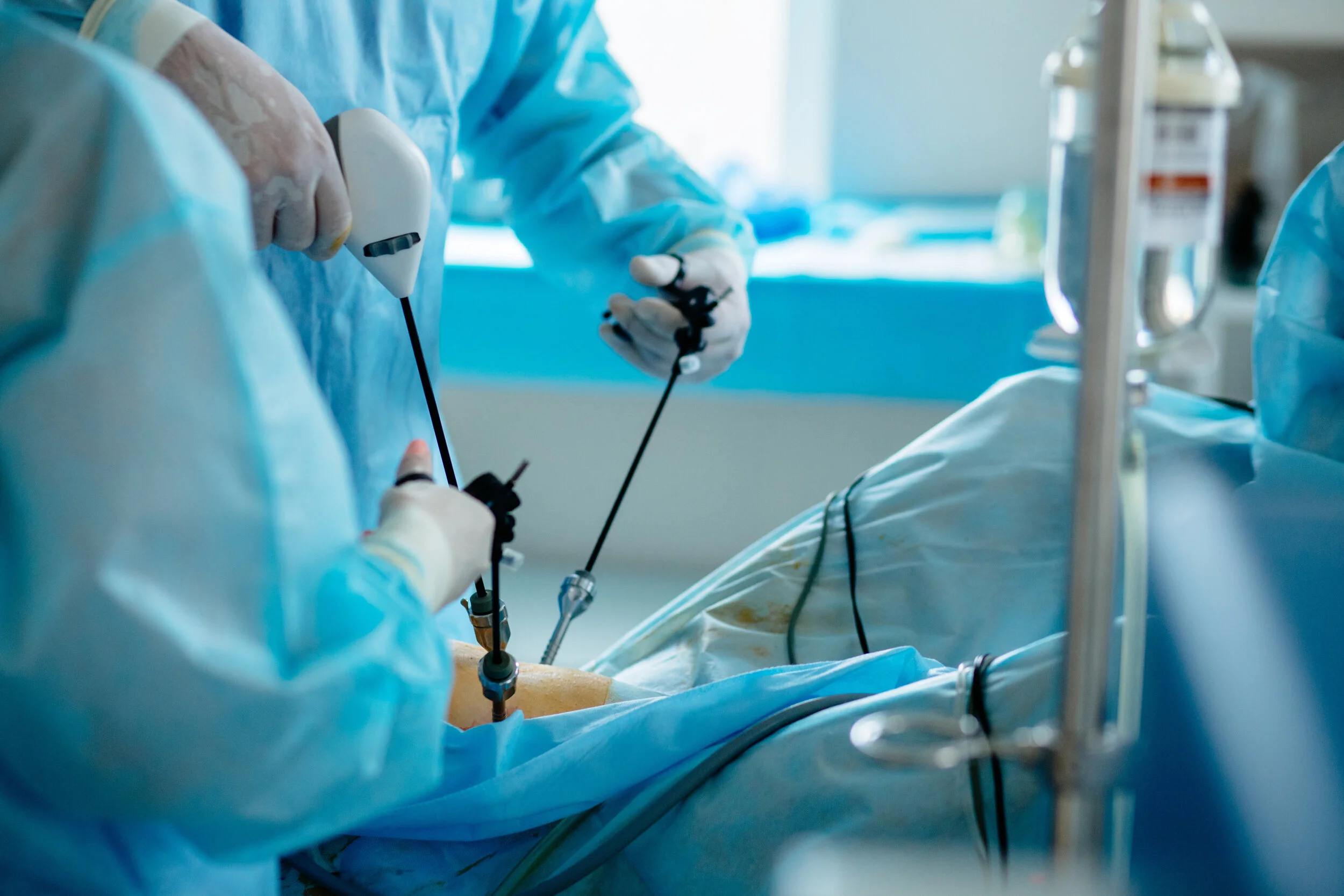Regardless of whether your GERD is mild, moderate, or severe, chances are that if you want long-term relief of your symptoms your reflux doctor is going to recommend surgery. You may have heard it referred to as anti-reflux surgery, reflux surgery, or GERD surgery, but each term refers to the same thing. Although other GERD treatment methods such as lifestyle changes or the use of medications like PPIs can help patients achieve temporary symptom relief, the reality is that they’re a band-aid solution. Because GERD is caused by a physical abnormality (i.e. weakness) of the lower esophageal sphincter, the only way to truly treat the condition and eliminate symptoms permanently is through surgery.
There are two primary types of reflux surgery available for patients with GERD which we perform here at Tampa Bay Reflux Center: Lap Nissen Fundoplication, and the LINX surgery. Both are either minimally invasive or noninvasive, are performed as outpatient procedures here in our office, and have proven incredibly effective in the treatment of GERD.
How It Works:
Nissen fundoplication is a laparoscopic surgical procedure performed on patients with GERD. During Nissen Fundoplication the surgeon seeks to restore the function of the lower esophageal sphincter (the valve between the esophagus and the stomach) by wrapping or “plicating” the upper part of the patient’s stomach around the esophagus.
How It Works:
LINX is a minimally invasive laparoscopic procedure that strengthens the LES muscle by placing a ring of magnetic beads around the LES. The LINX beads expand as you swallow to allow food to pass through the LES, and then they tighten back up (because of the magnetic attraction) to prevent acid from backing up into your esophagus.



